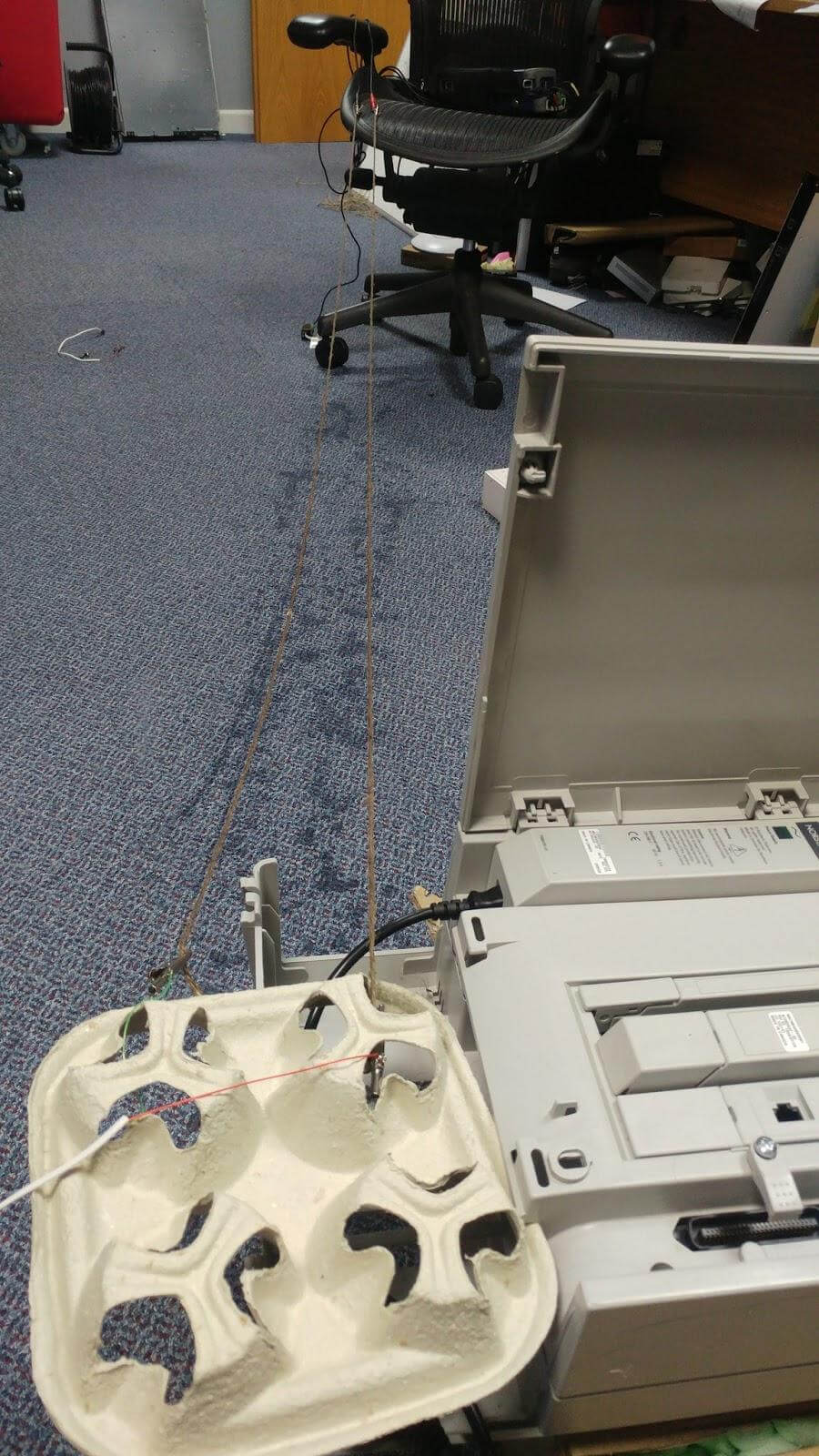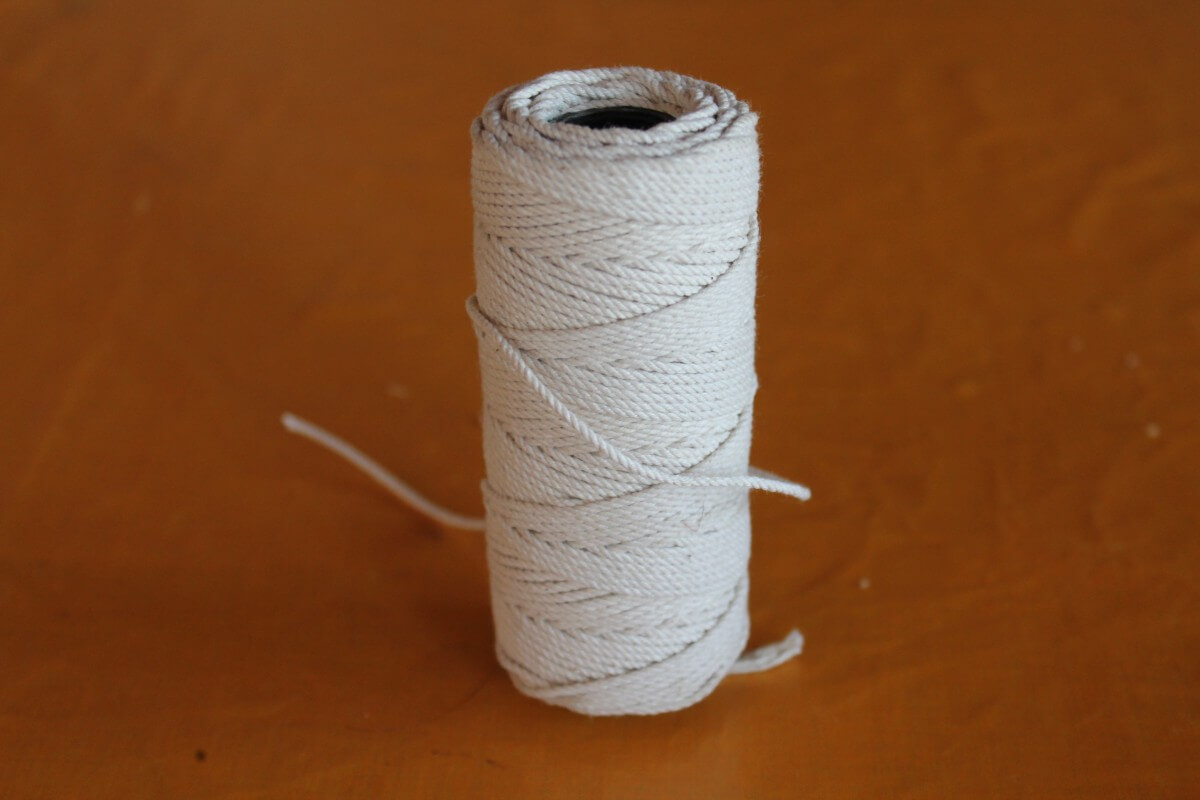An experiment that created a 3.5 Mbps broadband internet connection won't sound very impressive to most of us, especially since the average download speed in the US is about 75 megabits per second. But the surprising part is that it was established using a 6ft 7in piece of wet string.
While broadband connections tend to rely on wires made of materials such as copper, engineers at a small British internet service provider called Andrews and Arnold wanted to see if it was possible to send data through something less conventional.
They soaked the long piece of twine in a salt water as it's a good conductor of electricity, though it had to be re-soaked every half an hour, and used a pair of alligator clips to establish the connection. "The upkeep of these wet string connections is very hard; in our tests, we had to continually re-wet the string approximately every 30 minutes to avoid a complete loss of sync, and this process was always disruptive to the signals," wrote Adrian Kennard, the ISP's director, in a blog post.

The entire experiment was just a bit of fun to see if such a thing was possible. And while Kennard said it has no practical applications, it does give an idea of how adaptive asymmetric digital subscriber lines (ADSL) are. "This can be important when it comes to faulty lines with bad (or even disconnected) joints still providing some level of broadband service," he added.
Prof Jim Al-Khalili from the University of Surrey's department of physics explained to the BBC that the experiment works as the string is acting as a waveguide to transmit an electromagnetic wave. He said that because the broadband signal is a very high frequency, the material used isn't really important.
